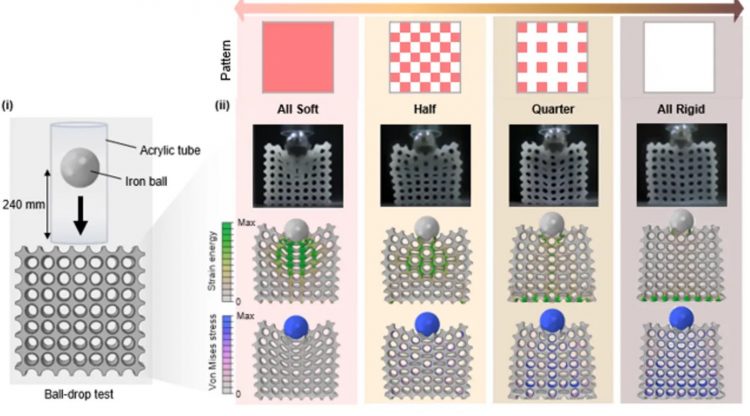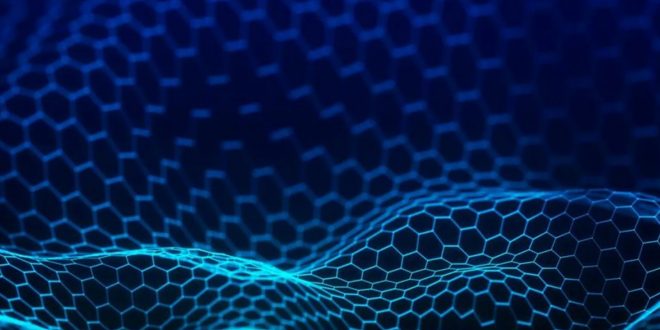Researchers in South Korea have created a novel multifunctional material that can change mechanical properties and shapes instantly. Octopuses inspired the creation of this new metamaterial.
Researchers have found material that is more adaptable than currently available materials and offers new opportunities, particularly in the field of robotics.
Surpassing the rigid boundaries of flexible devices
Soft machines generally exhibit less adaptability to dynamic environments compared to biological organisms. Significant limitations exist in the real-time tunability of these systems, along with restrictions on the range of their reprogrammable properties and functionalities. However, that has changed.
The new digitally programmable material possesses various impressive mechanical features, such as shape-shifting, memory, stress-strain responses, and Poisson’s ratio under compression load.
Moreover, the new material showcases practical functionalities, including adjustable and recyclable energy absorption and pressure delivery.
This advancement could potentially lead to significant progress in the fields of adaptive soft robots and smart interactive machines.
The group talked about a metamaterial composite system that can change the mechanical information in a way that is both gradual and reversible. This is done by turning encoded digital pattern information into different stiffness states of mechanical pixels.
The team at UNIST in South Korea, under the direction of Professor Jiyun Kim, introduced a novel strategy for improved material shape reconfigurability using graphical stiffness patterns. They were able to switch between two stiffness states of the material’s units within a structure with elliptical voids, known as a simple auxetic.
According to the authors, the material allows for adjustable mechanical properties in different situations.
“A metamaterial has been created to quickly achieve specific characteristics without requiring extra hardware,” stated Jun Kyu Choe, the primary author of the research and a student in the Materials Science and Engineering combined MS/PhD program at UNIST.
This presents new opportunities for the advancement of adaptive materials and the future progress of adaptive robots.
Choe et al. showcased the material’s capabilities through an “adaptive shock energy-absorbing material” that modifies its characteristics when subjected to abrupt impacts. The material reduced the risk of damage or injury by decreasing the force transferred to the protected object. Subsequently, the team transformed the material into a “force transmission material” to deliver force at specific locations and times.

Through entering precise digital commands, the material can activate nearby LED switches, providing accurate control over force transmission pathways.
The metamaterial is compatible with various existing devices, gadgets, and artificial intelligence technologies, such as deep learning.
Professor Kim stated that the metamaterial can convert digital information into physical information in real-time, opening possibilities for new materials that can learn and adapt to their environment.
The research has been published in the journal Advanced Materials.
 Tech Gadget Central Latest Tech News and Reviews
Tech Gadget Central Latest Tech News and Reviews




